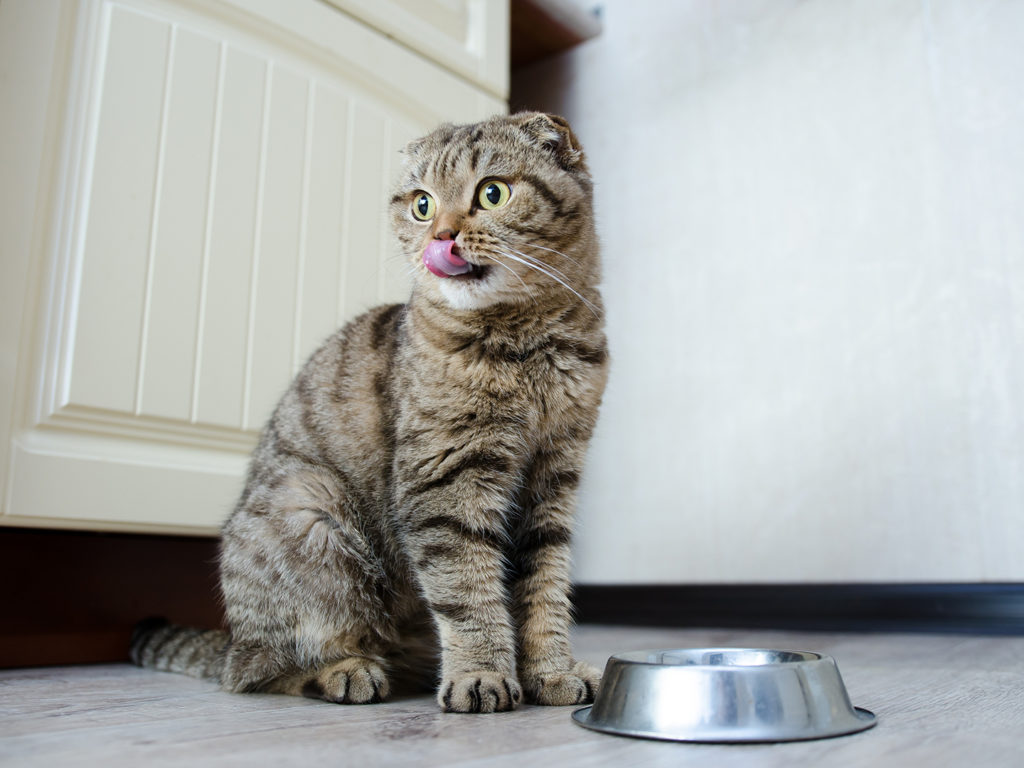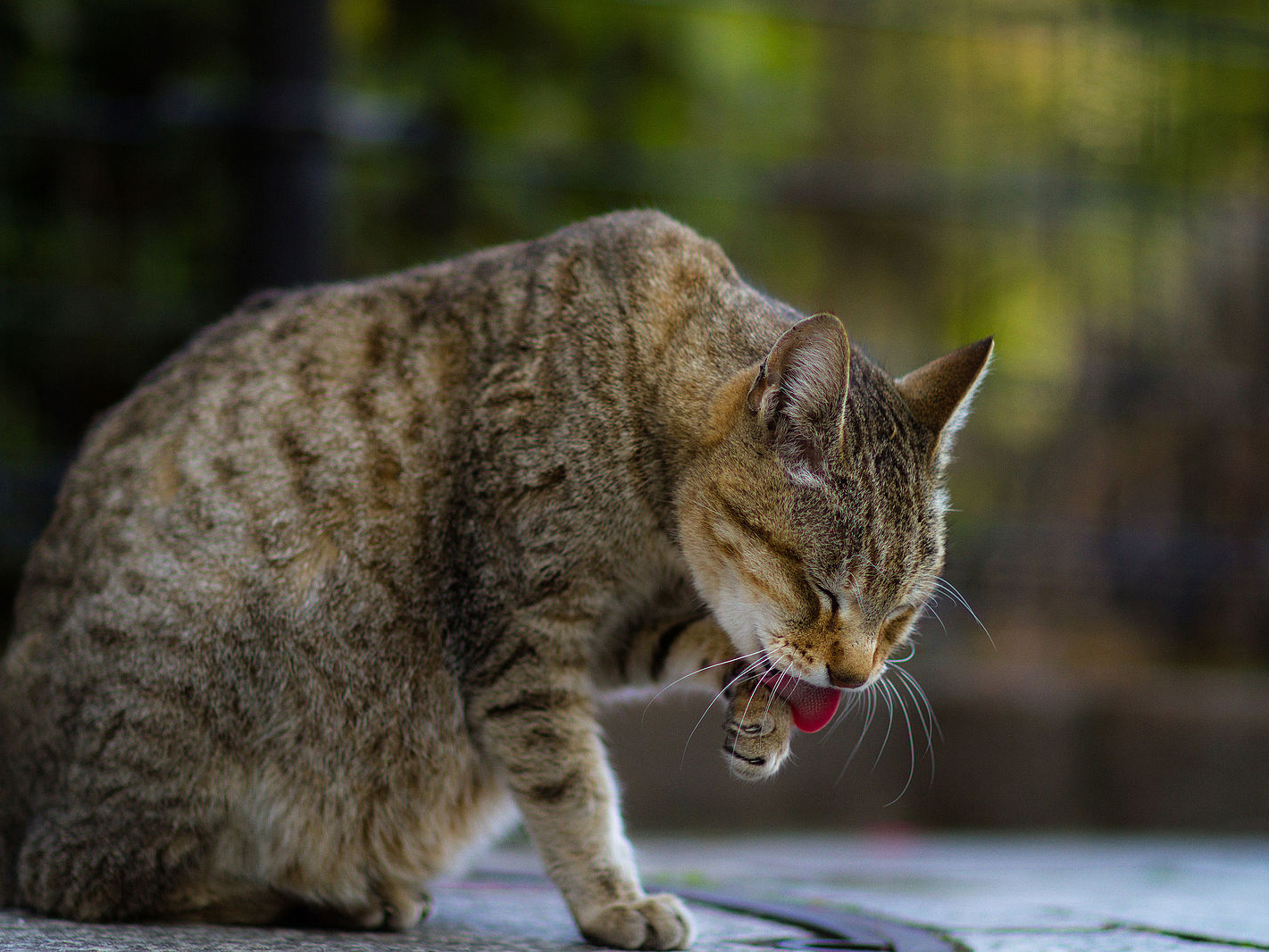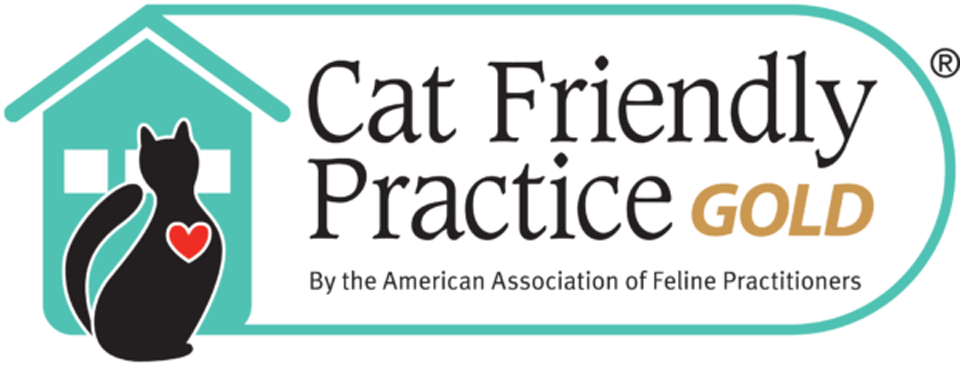
Heartworms is a term many pet owners hear but few really understand.
When left untreated, these infections, transmitted through mosquito bites, can slowly spread to the heart or lungs, damaging vital organs and eventually leading to death.
Fortunately, preventative medications can allow owners to fight back.
Dr. Ashley Saunders, a veterinary cardiologist and professor at the Texas A&M College of Veterinary Medicine & Biomedical Sciences, gets to the heart of the matter regarding heartworms.
From a parasite’s point of view, the heart is both an easy and devastating target. Since the heart collects blood from all over the body and has no protective barrier, it is easy to reach and invade.
“Because of this, if you live in an area with mosquitoes, your pets are at risk for heartworm disease,” Saunders cautioned.
These blood-sucking skeeters can live in almost any environment and are especially common near standing pools of water where they lay their eggs.
Saunders recommends keeping pets inside as much as possible during the summer and other months when mosquitoes are active so that they are less likely to contract the disease.
The most common signs of heartworm disease include cough; increased breathing effort, especially with exercise or activity; lethargy; weakness; and, in the most severe cases, heart failure and sudden death.
“The worms trigger an immune response by the body, causing damage to the lungs and also injuring the heart and kidneys,” Saunders said. “Once a mosquito bites and transmits heartworms to your pet, it is the preventative medication that you give them that keeps the worms from continuing to grow and causes disease.”
Because of this, giving your pets heartworm prevention routinely is the key to preventing heartworms. While heartworm medicine can be a hard pill to swallow for many pets, Saunders says several alternatives to pills for preventing heartworms.
“Heartworm preventatives come in all forms that can be given orally as a tablet or beef chew, topically on the skin, or as an injection. There are also options for pets with food allergies or when it is difficult to give oral medications,” Saunders said. “Most preventatives also include medications against various other parasites, like hookworms, roundworms, fleas, ticks, and others. Consult your veterinarian to identify the best preventative for your pet.”
Heartworms can be an unpleasant and challenging disease to treat should your pet receive that diagnosis. Treatment involves a series of injections to kill adult worms living in the heart and blood vessels.
After treatment, rest is crucial because as the adult worms decompose, which begins within a few days, the debris lodges in small blood vessels in the lungs, absorbed back into the body. Heartworm fragments cause most complications following a heartworm treatment, so it is essential to keep pets quiet and reduce their activity for a month following the final heartworm treatment, Saunders said.
Ultimately, if you suspect heartworms in your four-legged companion, it is crucial not to lose heart.
“The recovery rate with treatment depends on how bad the disease is at the time it is treated and which treatment protocol is used,” Saunders explained. “Dogs can recover following treatment, but those with severe damage may have long-term clinical signs or develop them at a later date.”
Staying current with preventative medications, keeping your pets inside during mosquito season, and routinely consulting with your veterinarian are all critical factors in safeguarding your pet’s heart.






 In addition to the burden of fleas and ticks, pets can experience skin health issues, such as dry skin or allergic reactions. Fortunately, the veterinary dermatology service at the Texas A&M College of Veterinary Medicine & Biomedical Sciences (CVM) can help.
In addition to the burden of fleas and ticks, pets can experience skin health issues, such as dry skin or allergic reactions. Fortunately, the veterinary dermatology service at the Texas A&M College of Veterinary Medicine & Biomedical Sciences (CVM) can help.




